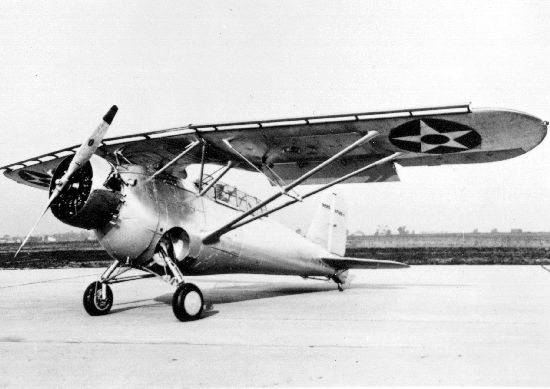|
Curtiss Helldiver (other)
Curtiss Helldiver may refer to the following aircraft * Curtiss F8C Helldiver, biplane reconnaissance bomber of the 1920s * Curtiss SBC Helldiver, biplane scout bomber of the 1930s. * Curtiss SB2C Helldiver, monoplane dive bomber of the 1940s, known as the Curtiss Helldiver in the Royal Navy {{disambig ... [...More Info...] [...Related Items...] OR: [Wikipedia] [Google] [Baidu] |
Curtiss F8C Helldiver
The Curtiss Falcon was a family of military biplane aircraft built by the American aircraft manufacturer Curtiss Aeroplane and Motor Company during the 1920s. Most saw service as part of the United States Army Air Corps as observation aircraft with the designations O-1 and O-11, or as the attack aircraft designated the A-3 Falcon. United States Navy, U.S. Navy variants were used initially as fighter-bombers with the designation F8C Falcon, then as the first United States Marine Corps, U.S. Marine Corps dive bombers with the name Helldiver. Two later generations of Curtiss dive-bombers were also named Curtiss Helldiver (other), Helldiver. The type was introduced in 1925 and saw first-line service in the United States until 1934. Curtiss Falcons fought in the Constitutionalist Revolution of 1932 in Brazil, used by the forces of São Paulo. Design and development The Falcon XO-1 prototype was evaluated by the USAAC along with eleven other prototypes in 1924 and the Dougl ... [...More Info...] [...Related Items...] OR: [Wikipedia] [Google] [Baidu] |
Curtiss SBC Helldiver
The Curtiss SBC Helldiver was a two-seat scout bomber and dive bomber built by the Curtiss-Wright Corporation. It was the last military biplane procured by the United States Navy. Delivered in 1937, it became obsolete even before World War II and was kept well away from combat with Axis fighters.Wheeler 1992, p. 27. Development There was controversy in the United States Navy's Bureau of Aeronautics (BuAer) in the early 1930s regarding two-seat fighter planes, monoplanes and the retractable undercarriage In 1931, the Navy issued Design Specification No. 113, which detailed a requirement for a high-performance fighter with fixed undercarriage to be powered by the Wright R-1510Gunston p 199 or Pratt & Whitney's R-1535 radial engine. Seven companies submitted proposals and two companies, the Douglas Aircraft with their XFD-1 and the Chance Vought with their XF3U-1 were given contracts for one prototype each. Both of these aircraft were two-seat biplanes. The Navy then asked ... [...More Info...] [...Related Items...] OR: [Wikipedia] [Google] [Baidu] |

